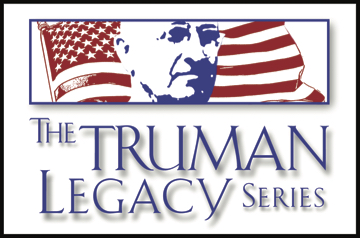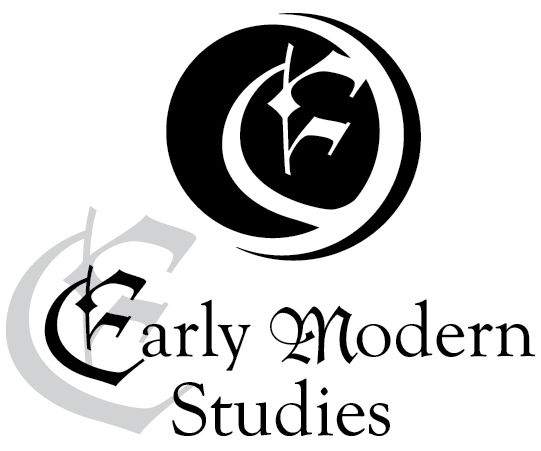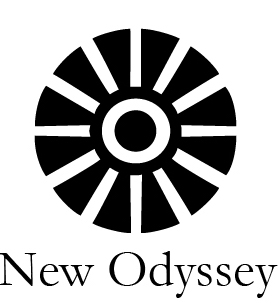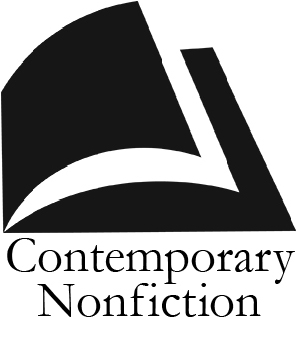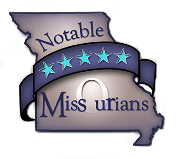Three T. S. Eliot Prize poets will visit Truman March 29 to promote poetry and highlight their prize-winning books published by Truman State University Press, now celebrating 25 years of publishing.
Rhina Espaillat, Mona Lisa Saloy and Dean Rader will be on the Truman campus as guest lecturers in several creative writing classes. They will all take part in a discussion panel at 1:30 p.m. in the Student Union Building Alumni Room to talk about the craft of poetry and getting started in publishing. The poets will read from their prize-winning books at 7 p.m. in the Student Union Building Down Under where books will be available to purchase. The public is welcome at these events.
The T. S. Eliot Prize, sponsored by the University Press, was first established in 1997 and receives national recognition for the quality of work published. Each year the Press receives about 500 manuscripts for the competition and a well-known poet selects a final winning manuscript. The author wins $2,000 and publication.
In preparation for the event, we invited each author to tell us about their interest and career in poetry.
Saloy, author of the 2005 prize for “Red Beans & Ricely Yours,” has had her prose and poetry published in many anthologies and magazines. Her folklore research and writing focuses on the culture of New Orleans before and after Hurricane Katrina. She teaches at Dillard University.
For more information, visit Saloy’s website: http://www.monalisasaloy.com/
How did you decide to become a poet?
Actually, I didn’t, poetry picked me. Initially, I wanted to be the first black girl to win Gold swimming at the Olympics; but it was the end of Jim Crow. Rather than integrate the local pools, city pools were closed. Then, I wanted to be a designer of clothes, but I really did not draw very well, but I could sew; I sewed my way through my first two degrees for sure, sewed for some in the NBA, some on the Globe Trotters, mostly men’s custom casual clothes, and men tipped well. It was a way to continue my studies on my own schedule, hiring myself out to shops. I took a class here and there between work, really directionless and still swimming, where I met my husband and married too young.
Six months into the marriage, we had a car accident that left me with a broken pelvis (so no kids), a hole in my lung, a concussion, and no memory. I wrote to remember, was flat on my back for a year, then attended poetry readings at the little café next door to student housing (when we married, my husband was a full-time student, and I worked full-time). It was there I heard Black literature, the works of Langston Hughes, Sonia Sanchez, Alice Walker, Don L. Lee, Amiri Baraka from the student poets; and since I was there often just listening, but friendly, they inquired about me. I told them the stories I remembered about New Orleans, and they told me I “sounded like a writer.” At the time, I didn’t know what that meant. They urged me to meet their teacher, a professor at the University of Washington, Colleen McElroy.
I made the appointment, went to her office still on a cane with my little notebook of scribbled memories, no clue what I was doing. She listened, looked at me, and said “You might have something here; let me show you what you might do.” That began a life-long mentorship. It was Colleen, emeritus from the UW to opened me to the life of literature and writing, who gave me my writing life. Then I studied poetry with Nelson Bently there, and fiction with Charles Johnson (Faith & the Good Thing—still a favorite of mine, & Middle Passage); composition with William Irmsher & others who helped shape me. Under the guidance of Colleen McElroy, I participated in the United Black Artists Guild, the Northwest equivalent of the Umbra workshops of New York, or Congo Square Writers Workshops in New Orleans.
How did you first get published?
Working intensely with Colleen, college coursework, and the workshops of the United Black Artists Guild, the UBAG published a journal called Dark Waters, edited by Charles Johnson; my first writing appeared there. Then, I placed in a Northwest writing contest, second or third; I don’t remember now. Later, I was selected for the poets-in-the-schools pilot program in the Northwest, and interned at the University of Washington Press, where I learned everything from editing to indexing and layout. I was hooked by the writing life.
What has it meant for you and your career to win the T. S. Eliot Prize?
The T. S. Eliot Prize was such an honor and a game changer. Its prestige is well-known, so my first book rose from the pile of annual first publications. Then my book appeared in October, a few months after post-Katrina flooding closed New Orleans down and forever changed half a million lives forever; no one was home, so it was some time before returning to “market” my work there. The T. S. Eliot Prize moniker allows me a continual one-up in marketing still, so I’m extremely thankful to have been selected.
Which poets or authors do you often read? Why do you enjoy reading them?
In poetry: Niyi Osundare, his metaphors are extraordinary; Muriel Rukeyser’s craft always teaches me something; Sonia Sanchez, Ntozake Shange, & Carolyn M. Rodgers marry craft to my culture and are daring! In non-fiction: W.E.B. DuBois, before whose mind I bow; Manning Marrable, the true BuBois of my time. In Folklore, I’m all over the place but always Hurston. In Fiction, I’m reading Alice Dunbar Nelson and rereading Chesnutt.
What advice would you have for students wishing to pursue writing as a career?
As Ernest Gaines preaches: read read read, write write write, and always study craft while doing those.
In Red Beans and Ricely Yours, the themes of life and death seem not to be written as opposites, but as somehow co-dependent of each other. Can you talk a little about the relationship between the living and the dead in your poems and how this reflects New Orleans culture?
Being born and raised in New Orleans, I remember early criticisms of the city: “the people are too parochial; they never leave their neighborhoods.” How right they were because it is that consistency in families who produce the culture. As a result, we live multi-generationally, old and young with all in-between together. We see the best and worst, how to celebrate life and mourn those passing who are forever with us in memory. Yes, life and death, living well and sending our loved ones home to heaven in death are integral to our lives here.
The southern women depicted in Red Beans and Ricely Yours are strong, full of life, and support each other like family, sisters. Growing up, were there specific female role models who inspired the women in your poetry?
Of course my mother, who sewed tropical seersucker suits and costumes for Mardi Gras, my aunts who did the same; my dear sister and elder female cousins who possess so much heart and style; then my dear neighbors who are extended family, who set the bar of living, being, and becoming so high. They are all a constant inspiration; they are all a blessing in my life.


